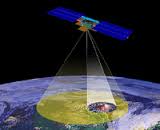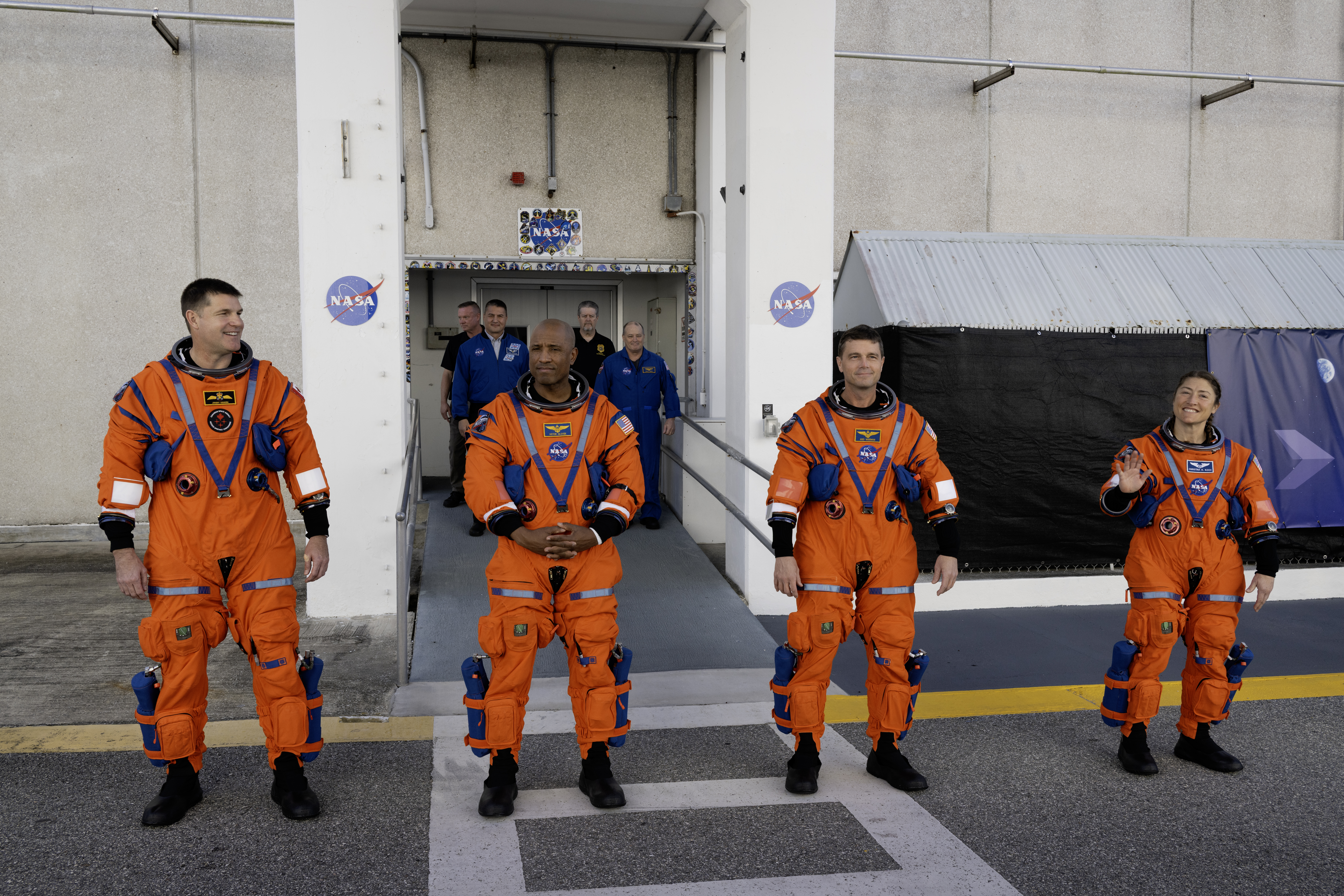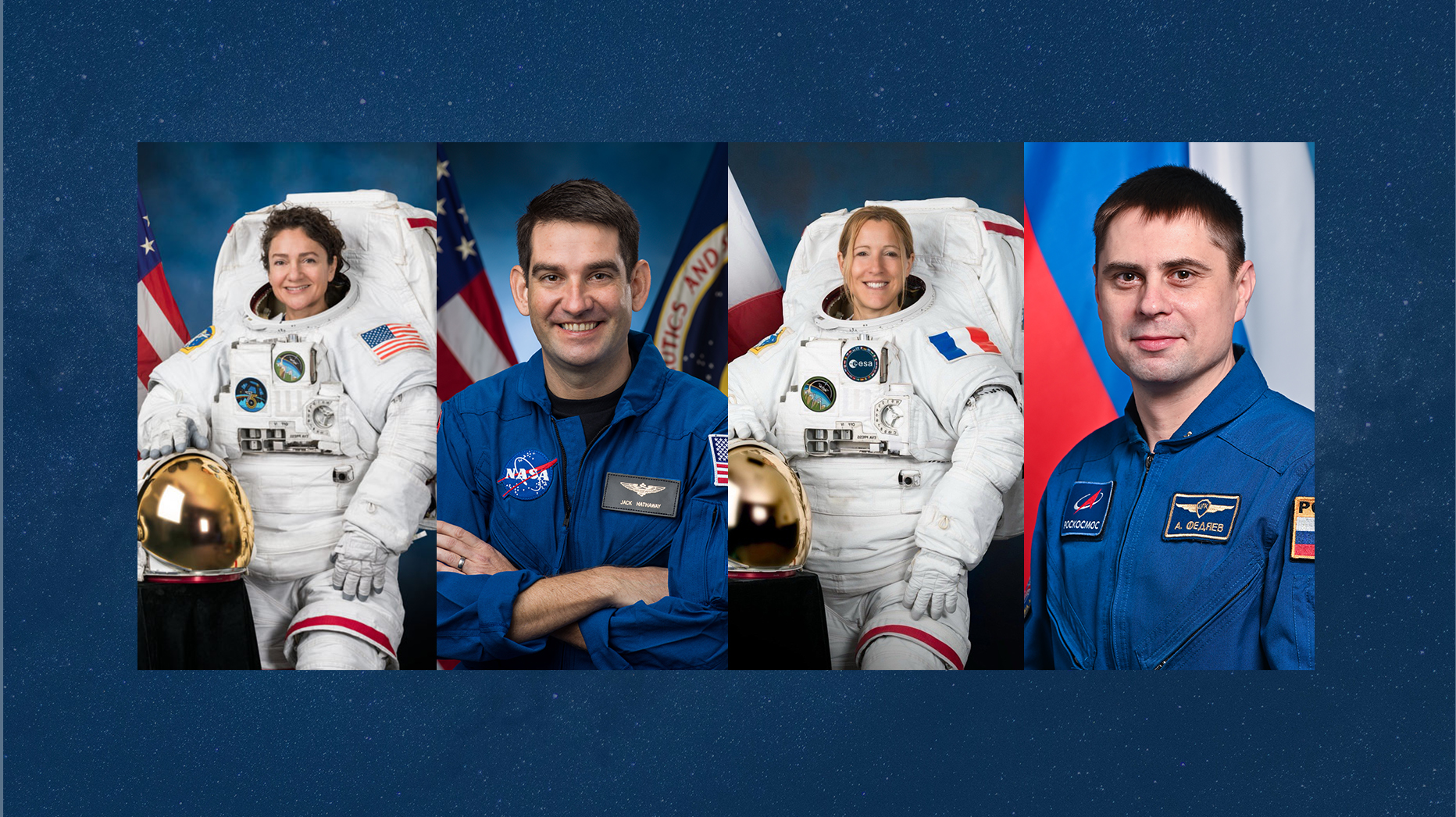ST6
Type
Launch
Location
Objective
Since the dawn of the space age, unmanned spacecraft have flown blind, with little or no ability to make decisions without humans continuously directing them. Many of these missions are guided and controlled by ground crews——from a long distance away——using delayed commands. The spacecraft are not able to react quickly to these long distance, delayed commands. All this will change in a few years!
Some of these changes will be made by the New Millennium Program's (NMP) Space Technology 6 (ST6) Project. ST6 has developed two advanced, experimental technologies for use on spacecraft of the future. These technologies, the Autonomous Sciencecraft Experiment and the Inertial Stellar Compass, will improve a spacecraft's ability to: 1) make intelligent decisions on what information to gather and what to send back to the ground; 2)determine its own attitude and adjust its pointing (where it is aimed) All without help from humans!
The common goal of the two technologies is to free the spacecraft from its continuous link with the ground and shift the decision making to the spacecraft itself. With their many "firsts," each technology is flight tested in the harsh environment beyond Earth to validate performance prior to use on expensive, actual space exploration missions.
Autonomous Sciencecraft Constellation - This software will give future spacecraft unprecedented decision-making capabilities, allowing it to process data onboard, make intelligent decisions to downlink data that it deems scientifically important, and choose science observations that appear interesting. The software is being incrementally tested on the Earth Observing-1 spacecraft.
Inertial Stellar Compass - A miniature star camera and microscopic gyro will enable a spacecraft to determine its orientation whether it is spinning or stable. It will also enable a spacecraft to sense its position and recover its orientation after a power loss. ISC will be demonstrated on a commercial spacecraft.
Top of Page | Back to Missions




































